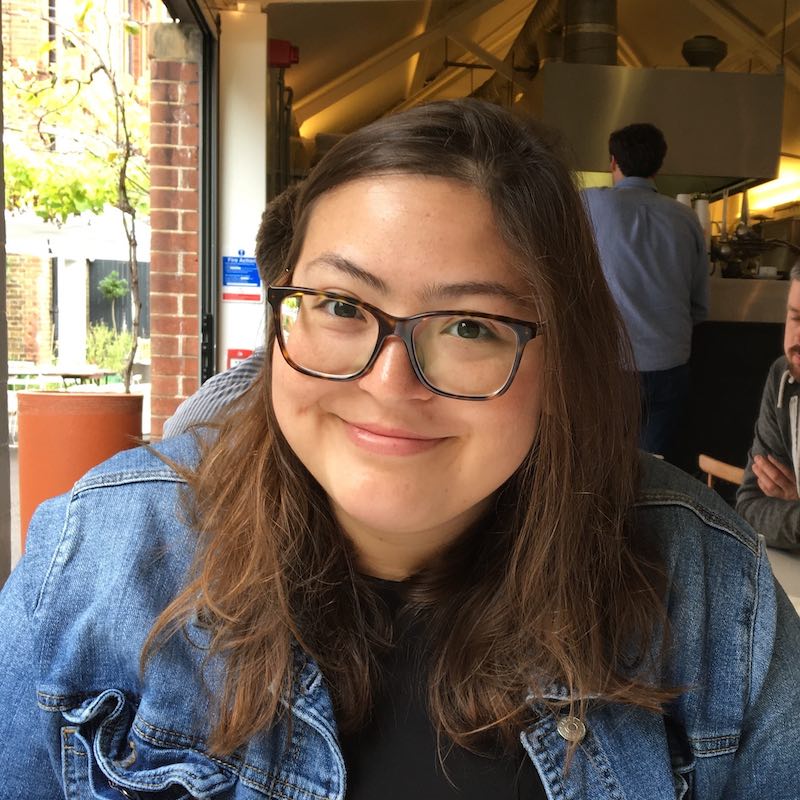Answering Your Questions About Visium Spatial Gene Expression with Immunofluorescence
Find answers to your questions about the latest addition to our Visium Spatial Platform: Visium Spatial Gene Expression with Immunofluorescence. Gain a new perspective on tissue complexity with the ability to visualize histology, whole transcriptome gene expression, and protein expression in the same tissue section.
Complex, heterogeneous tissues are made up of multiple cell types and states, and, while deciphering that information is essential, it’s the tip of the iceberg. To fully characterize your tissue sample, you need an approach that allows you to analyze a single sample from multiple perspectives, providing a more complete understanding of the relationships between tissue architecture and cellular phenotype and function. Visium Spatial Gene Expression with Immunofluorescence combines the strengths of spatial transcriptomic and immunofluorescence (IF) capabilities to create a multianalyte spatial approach to whole tissue analysis, providing whole transcriptome gene expression data with protein detection while maintaining morphological context.
In a recent webinar, 10x-ers Courtney Anderson, Senior Product Marketing Manager, Spatial Solutions, and Michael Campbell, Senior Software Field Operations Engineer, introduced Visium Spatial Gene Expression with Immunofluorescence, digging into the science behind it, and providing an overview of the end-to-end workflow. They also demoed our Loupe Browser software that lets you visualize your data by overlaying total mRNA gene expression and protein expression data with a morphological immunofluorescence image. During the Q&A following the webinar, Anderson and Campbell answered questions from attendees. Keep reading for a peek at some of the topics they covered.
Two signals, one tissue section: RNA and protein co-detection
How can you distinguish the different fluorescence signals from IF and transcriptomic analysis? Are they easily processed by 10x Genomics software?
Yes, when your data is visualized in Loupe Browser, the IF and gene expression signals are actually compartmentalized, with gene expression information—displayed as spots—overlaying your IF images. This way, you can examine your gene expression data while simultaneously seeing where your proteins are localizing. Or, you can access your information streams separately. Flexible Image Settings allow you to toggle through specific channel images and gene expression clusters to customize your visualization. Find out more about Loupe Browser on our Support site.
Can fluorescent reporters, such as a transgenic mouse expressing a promoter-specific eGFP, be used to identify cells within tissue as opposed to IF?
The protocol for Visium Spatial Gene Expression with Immunofluorescence is applicable for fresh frozen tissues that are then fixed with methanol. Methanol fixation will inactivate any of that endogenous fluorescent signal, but what you can do is use an antibody against the GFP protein to identify cells expressing it.
How many colors can you use for IF staining in Visium?
10x Genomics software tools can detect up to 6 colors. So, theoretically, up to 6. For example, researchers might want to use 5 antibodies plus DAPI to cover the nuclear stain. However, we have tested 3 antibodies simultaneously in house, and that is what we currently support.
Getting started with Visium: sample types and pre-prints
Are FFPE samples compatible with Visium workflows currently?
Not currently, but we are actively developing a solution dedicated for FFPE.
If you’re interested in learning more about the latest developments in this area of tissue analysis, Joakin Lundeberg and colleagues from the KTH Royal Institute of Technology, Sweden, have recently demonstrated the use of Visium with FFPE samples in a bioRxiv pre-print. This protocol is not currently supported by 10x Genomics.
Where can I find the preprint referenced in this webinar, describing a study of the cortical layers of the brain?
Recently, a group of researchers at the Lieber Institute for Brain Development used spatial gene expression technology to resolve the six cortical layers that make up the gray matter in the cortex, describing their results in a pre-print, “Transcriptome-scale spatial gene expression in the human dorsolateral prefrontal cortex,” available here. You can also find out more about their experiment and Visium Spatial Gene Expression in our blog post and on-demand webinar with The Scientist.
Do you have more questions about Visium Spatial Gene Expression with Immunofluorescence? Keep exploring on our product page →
